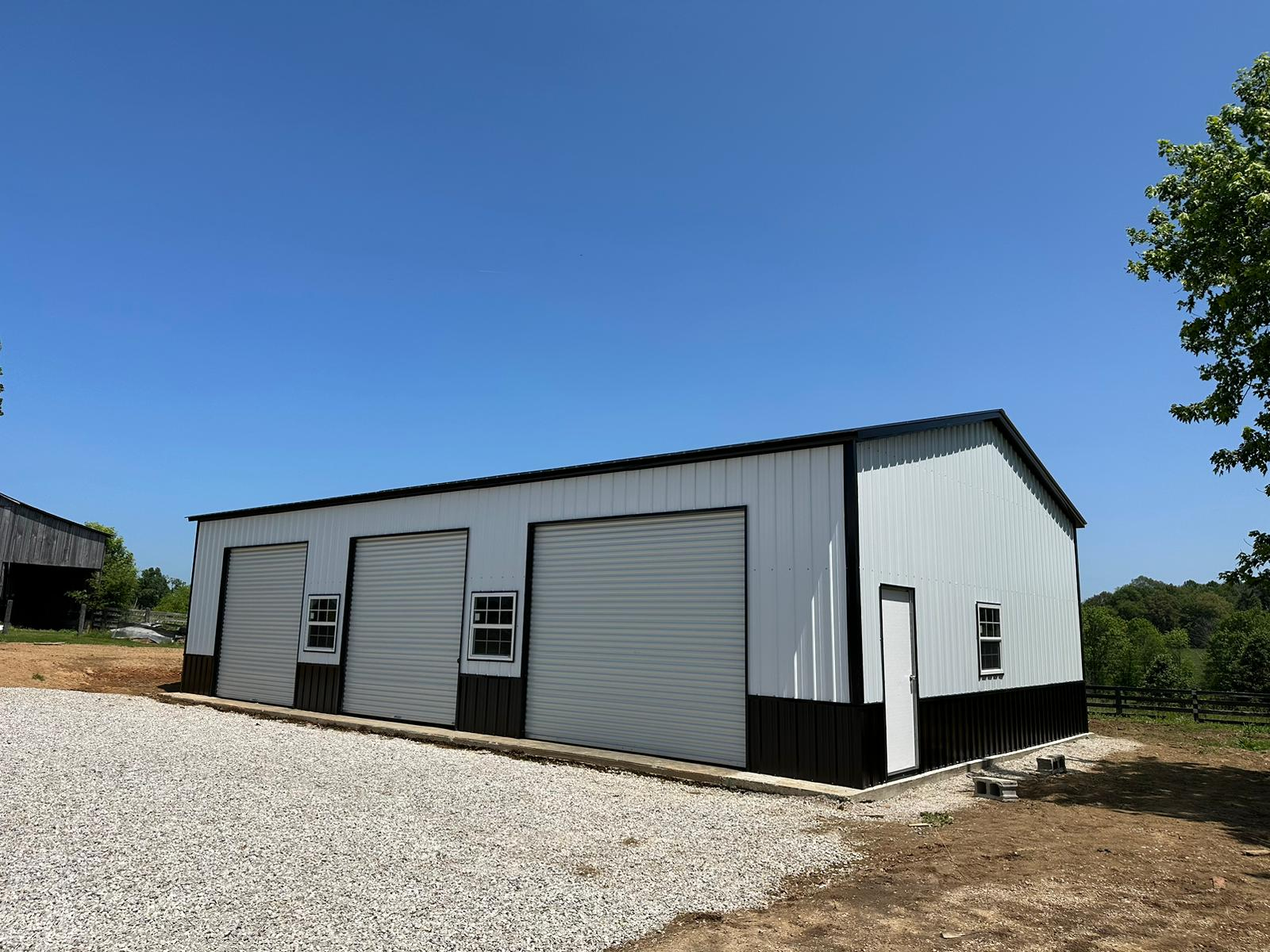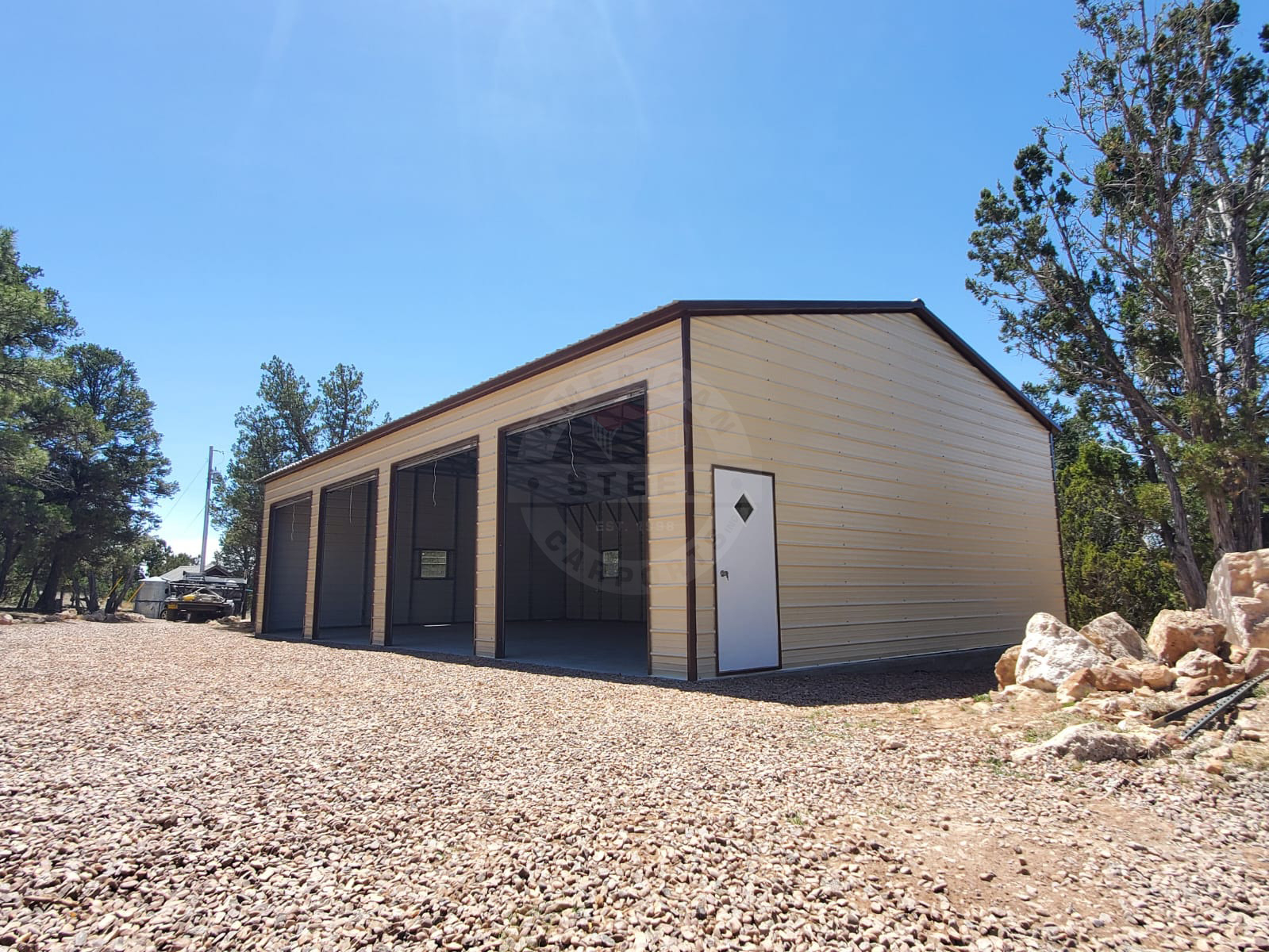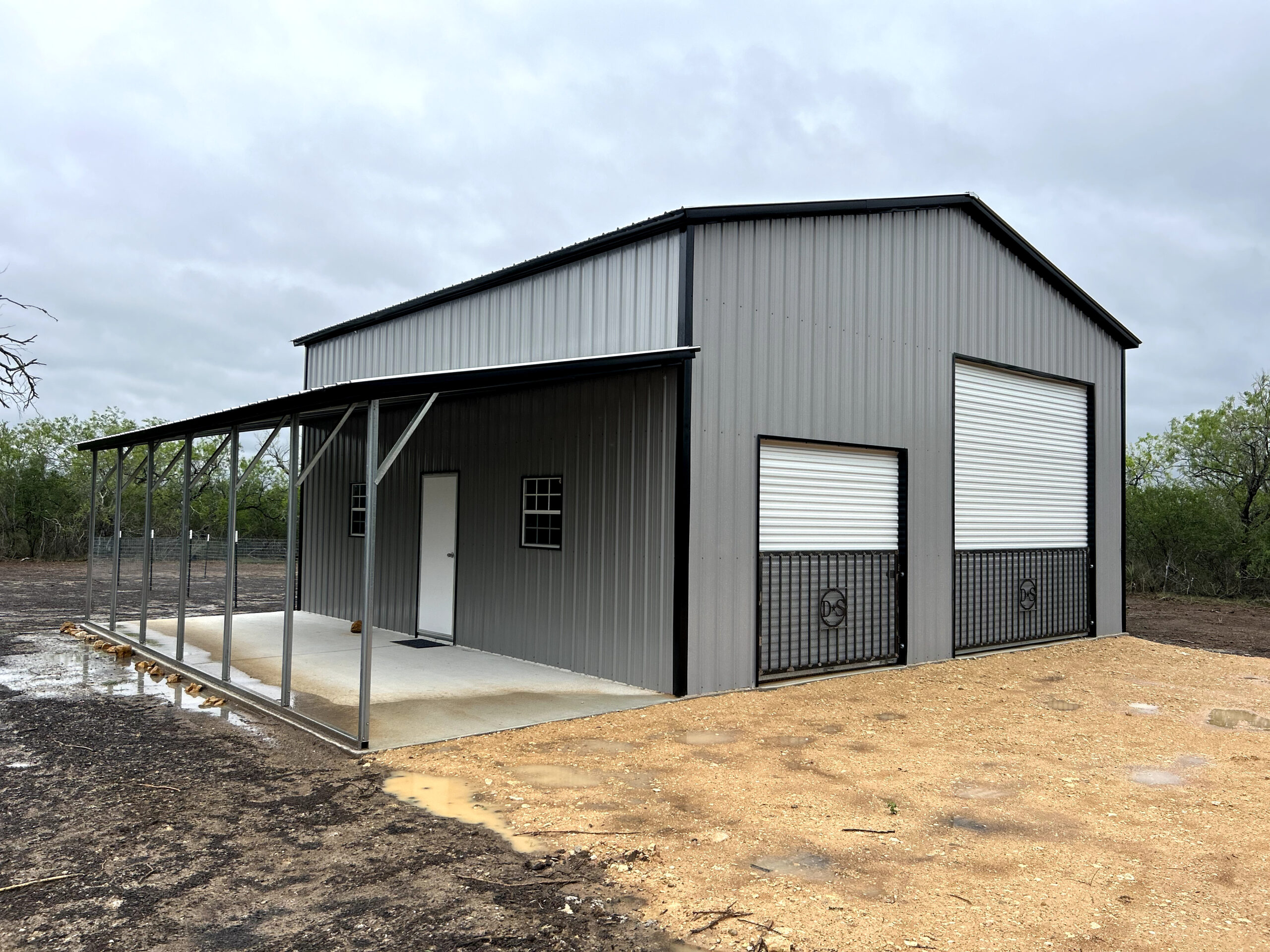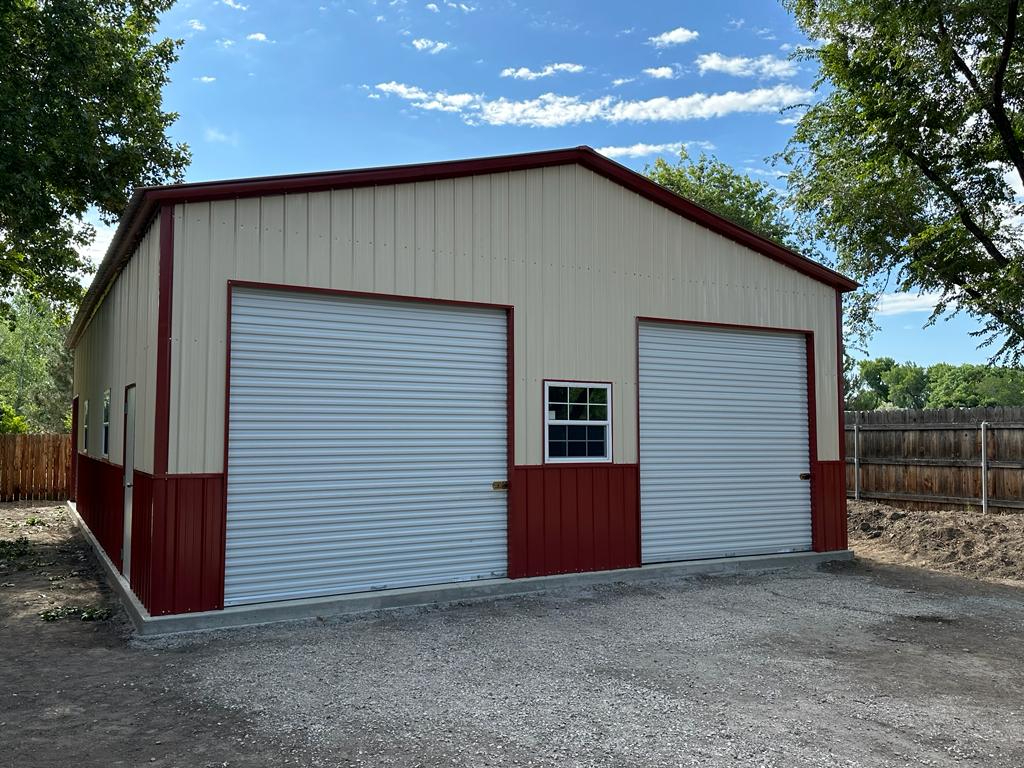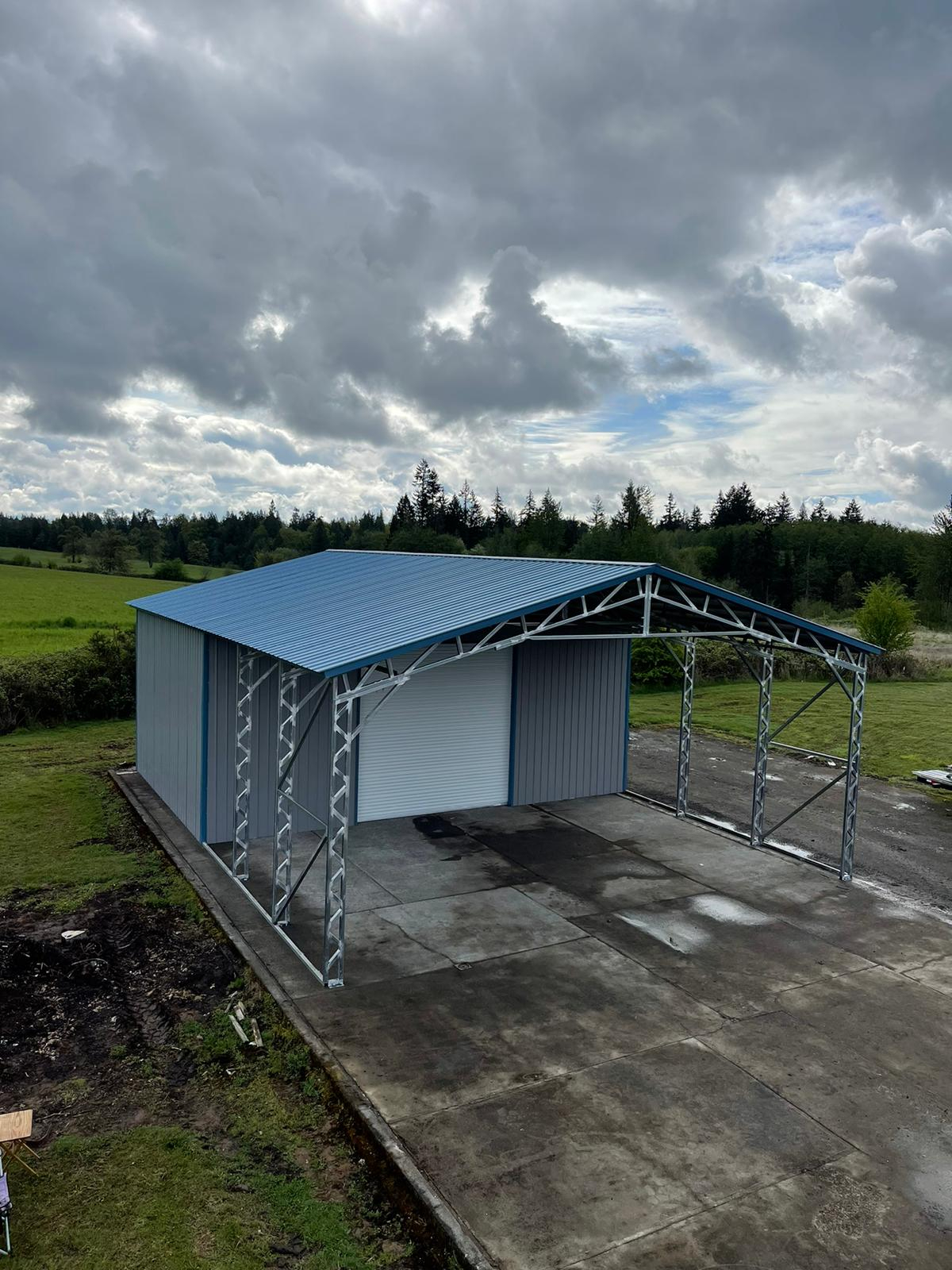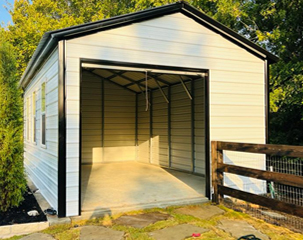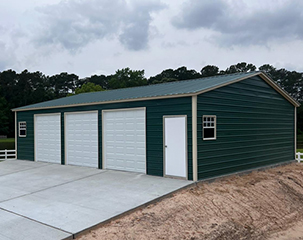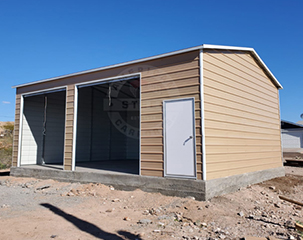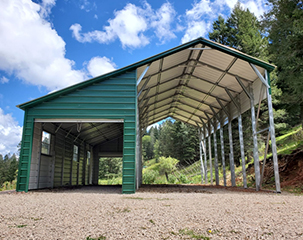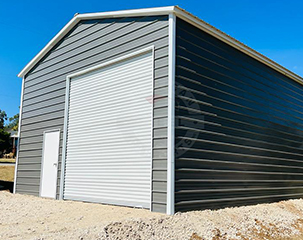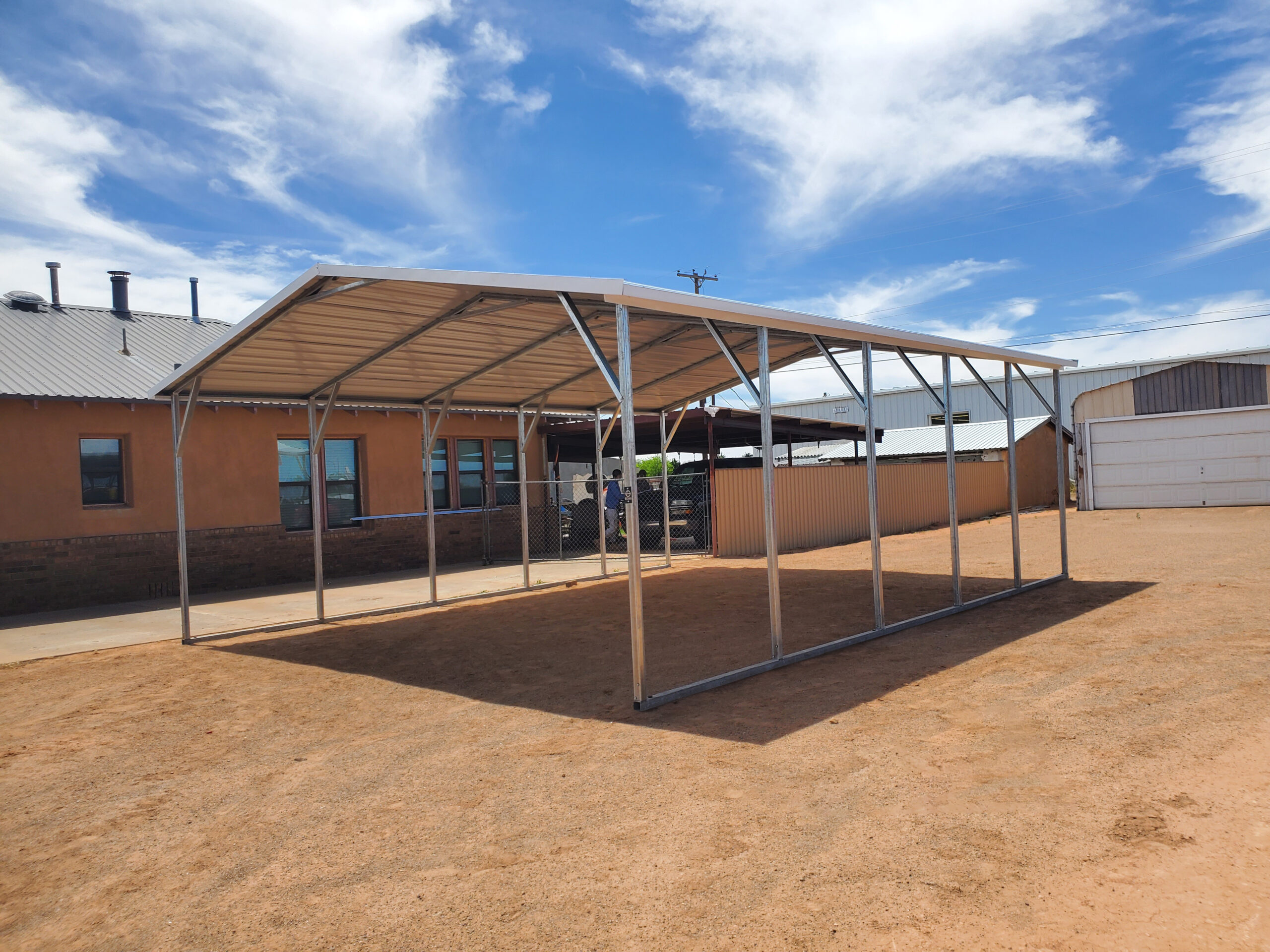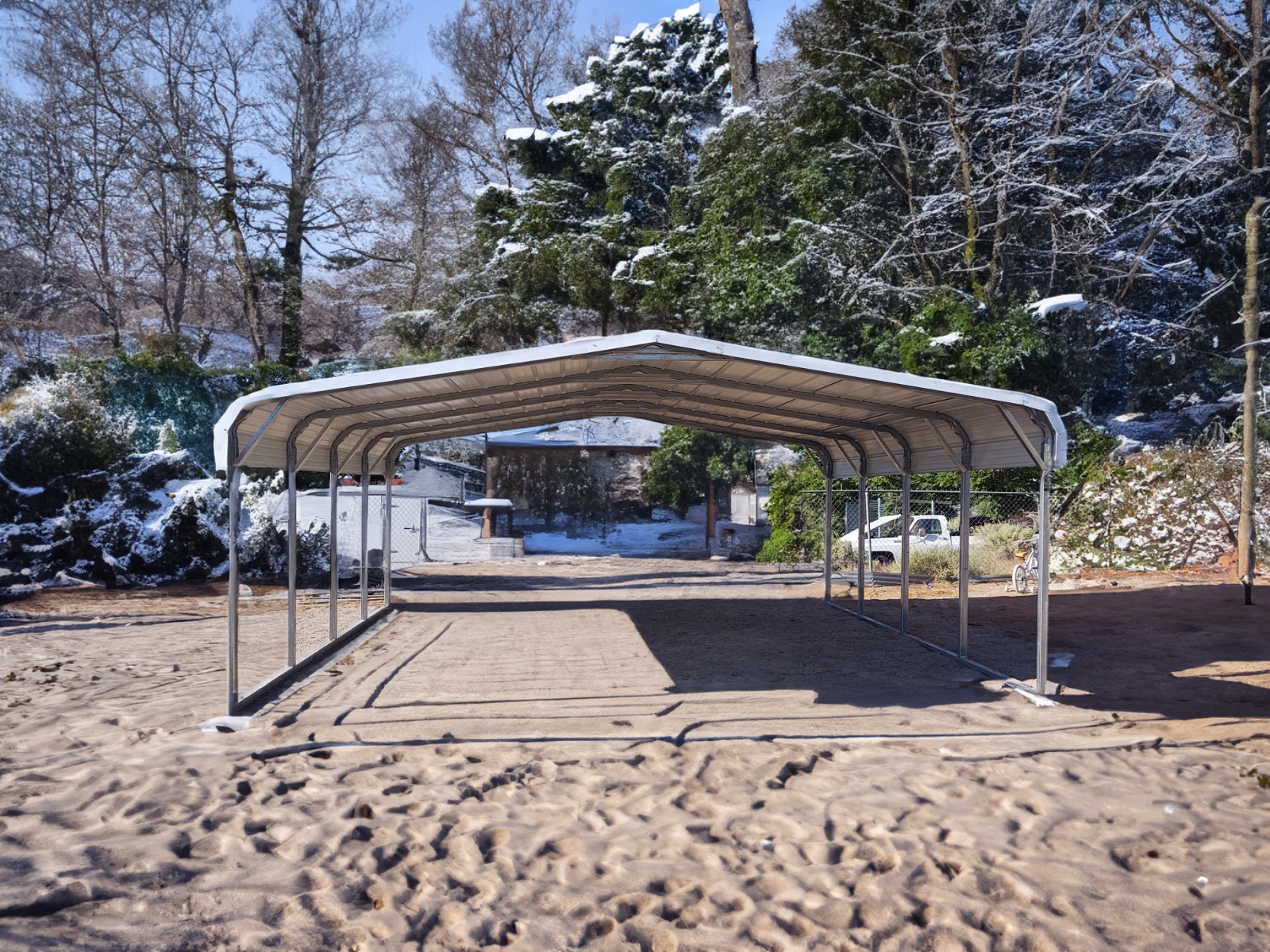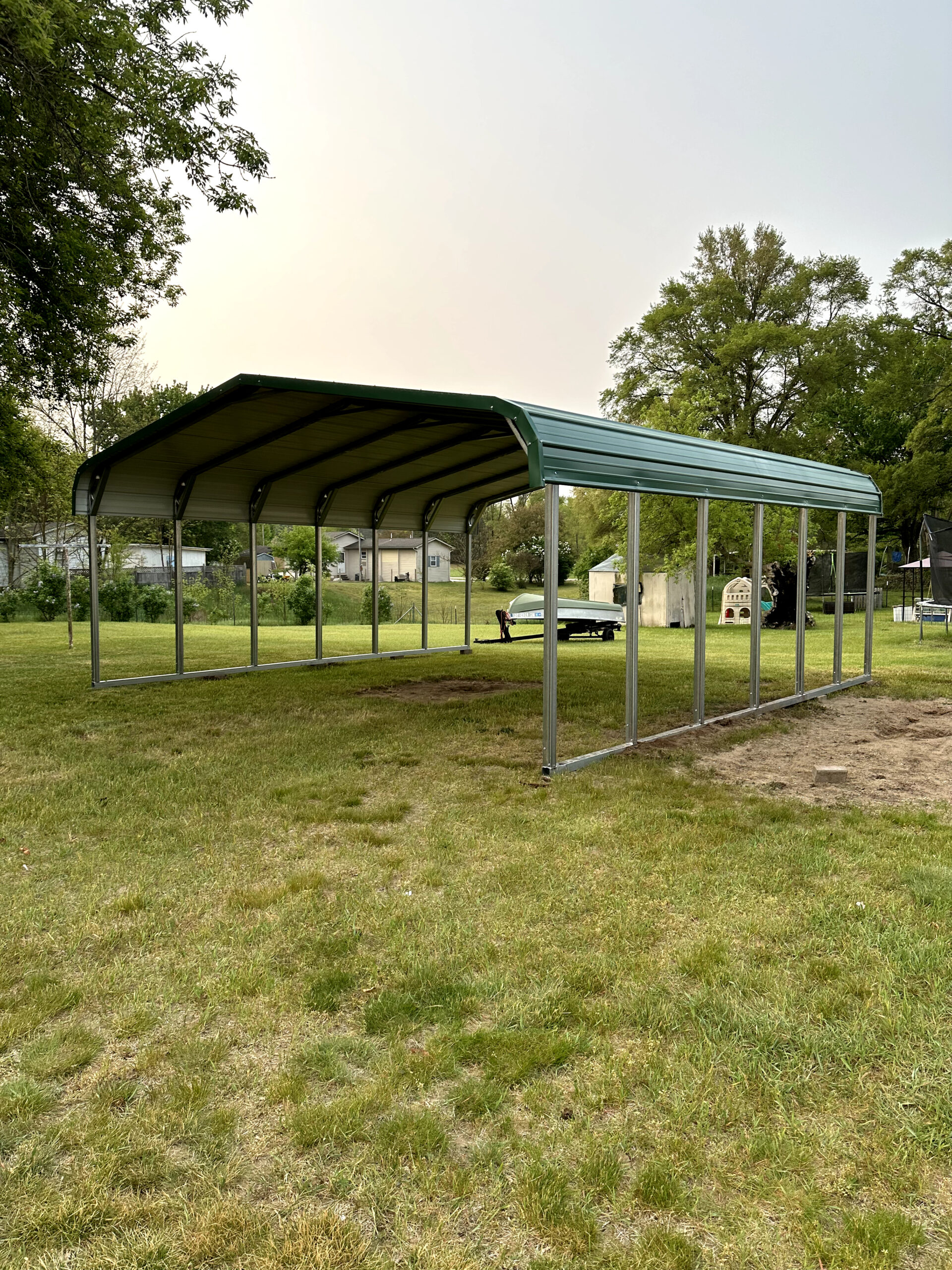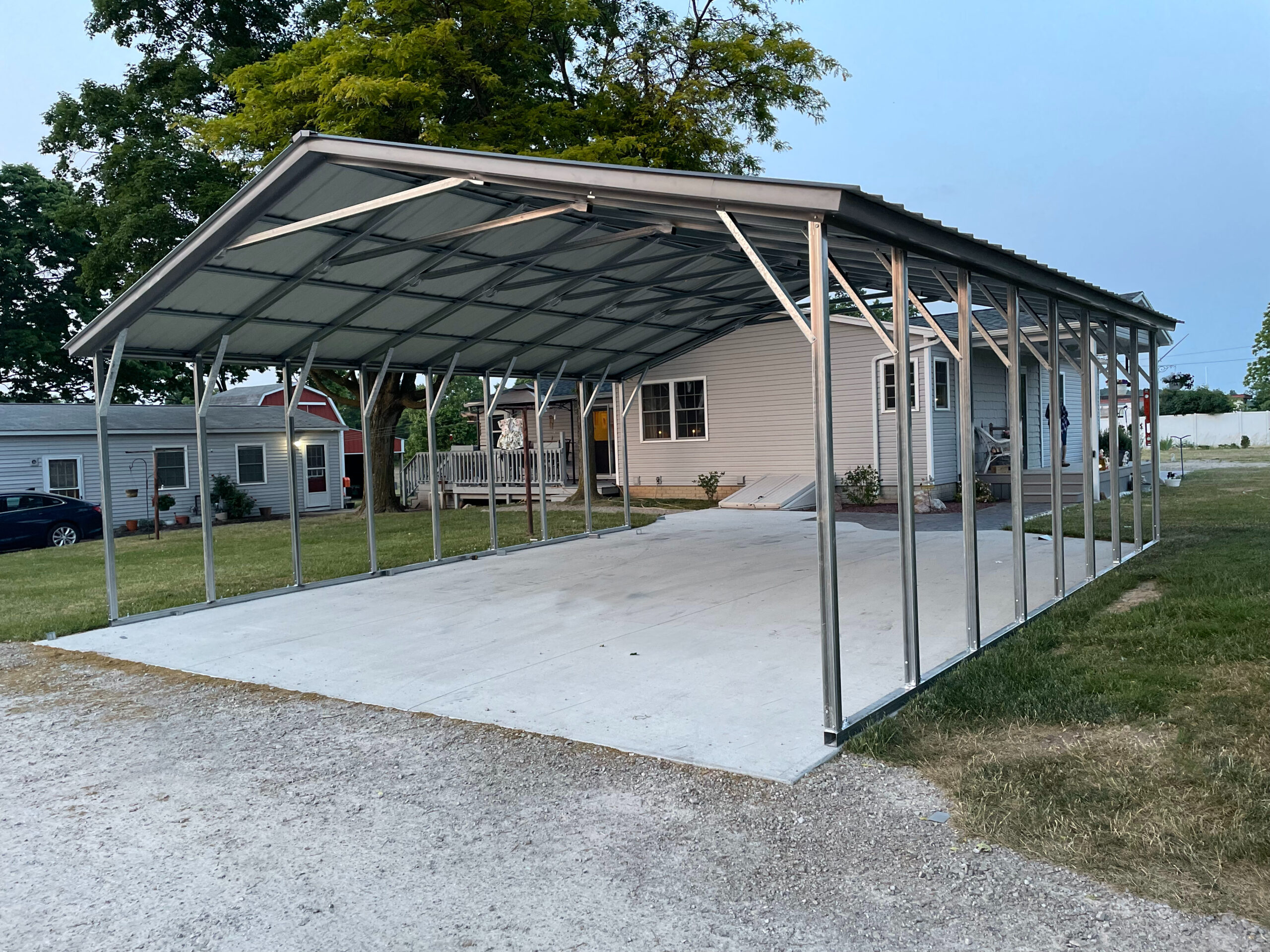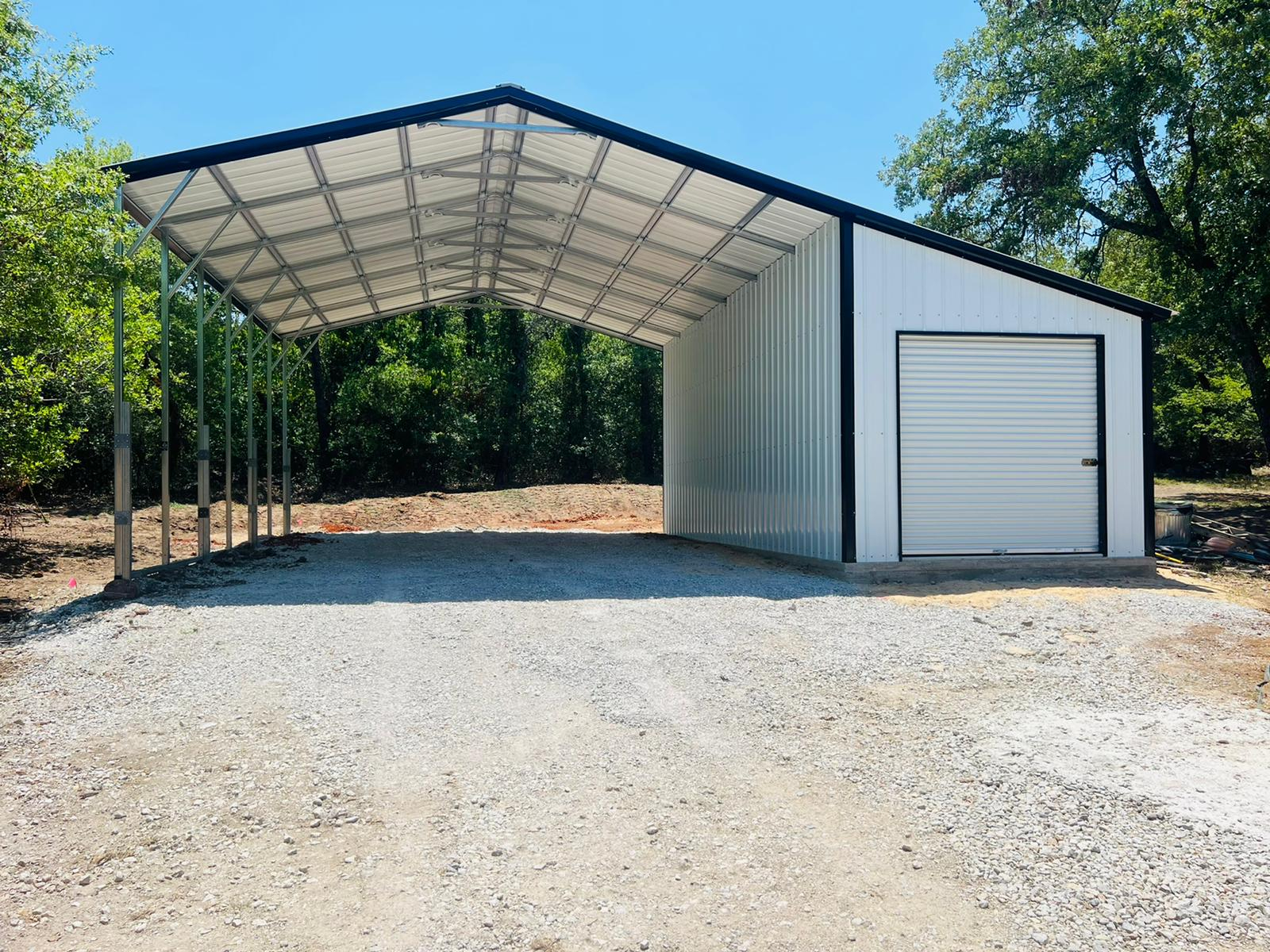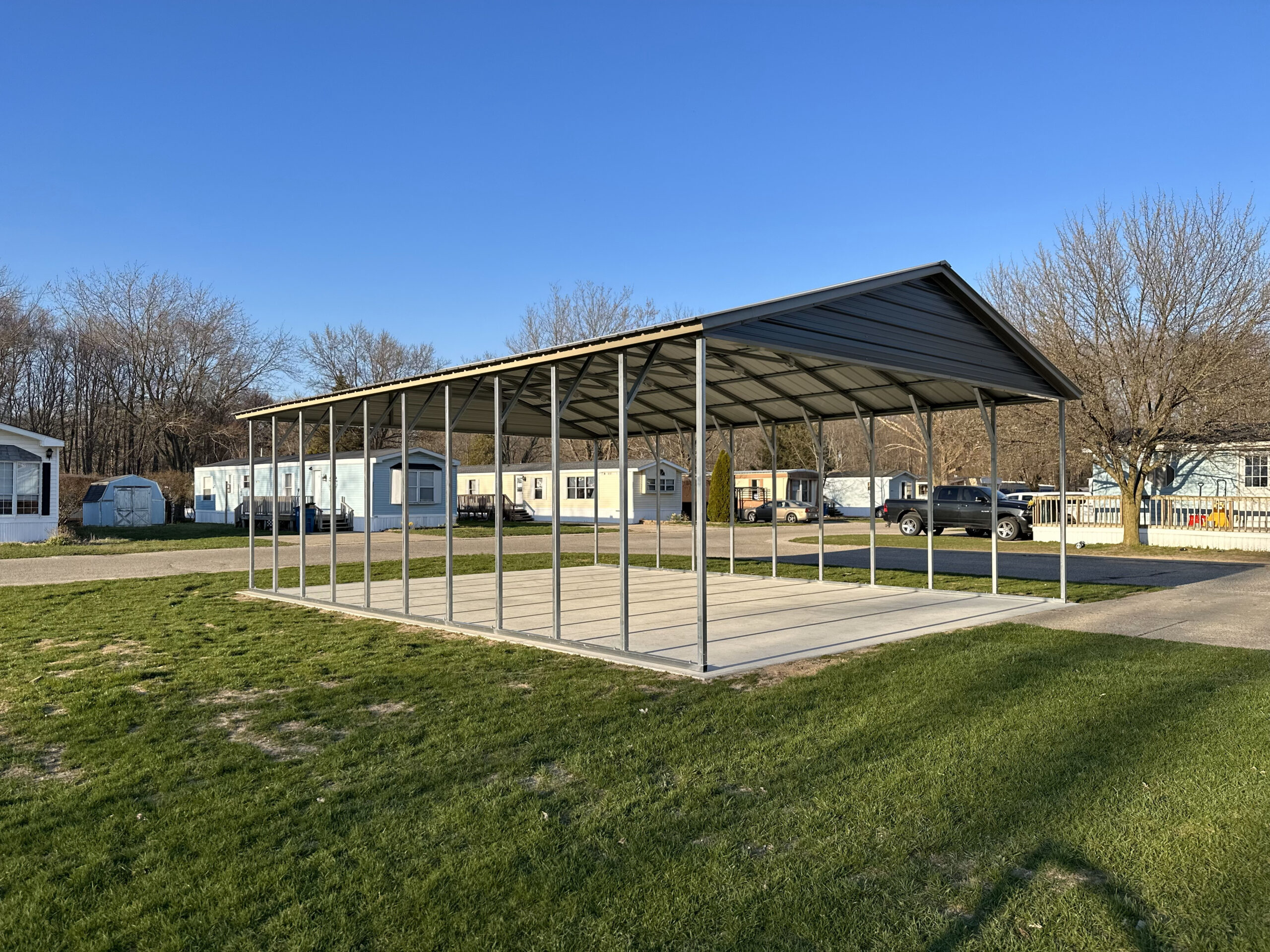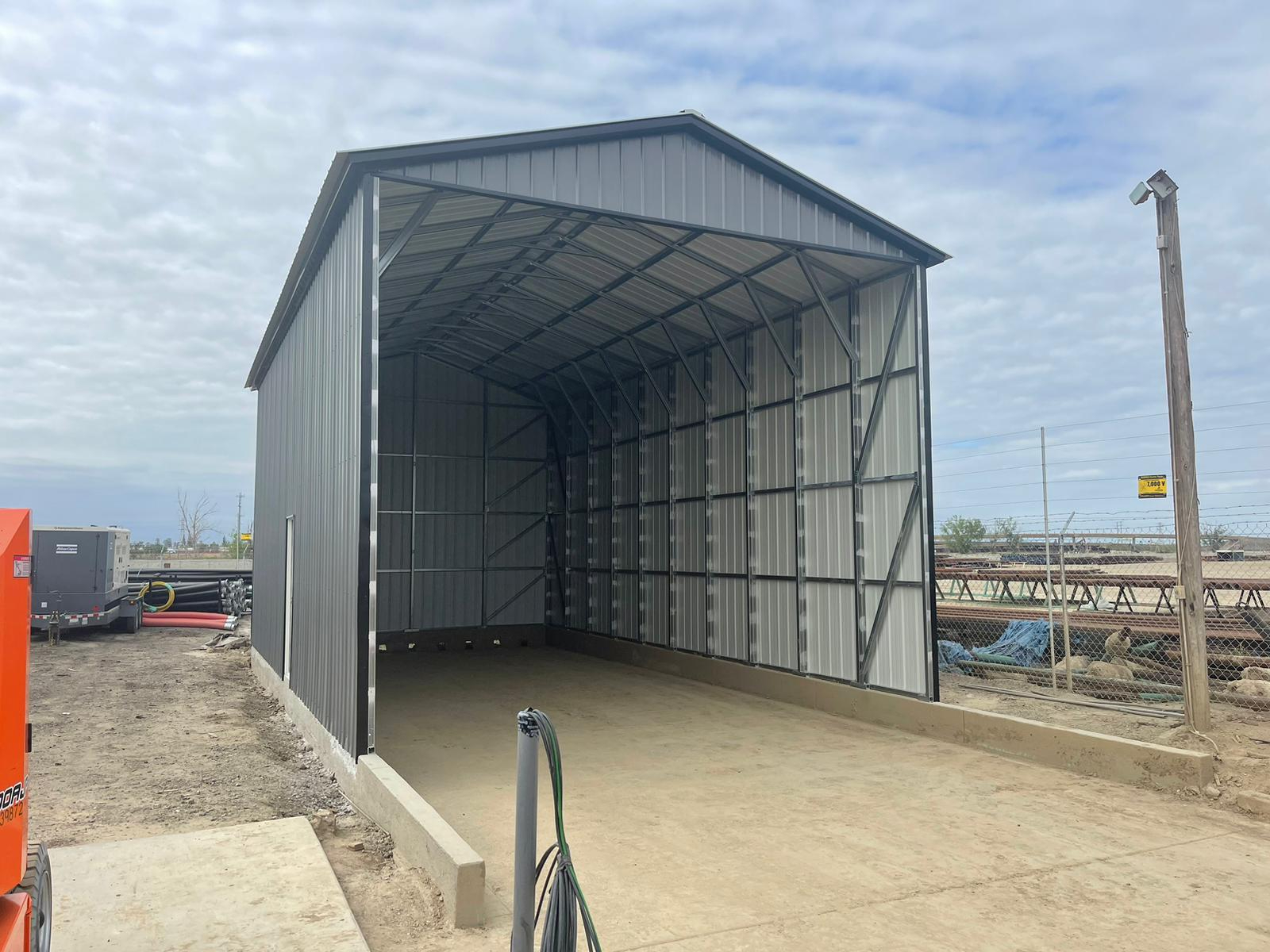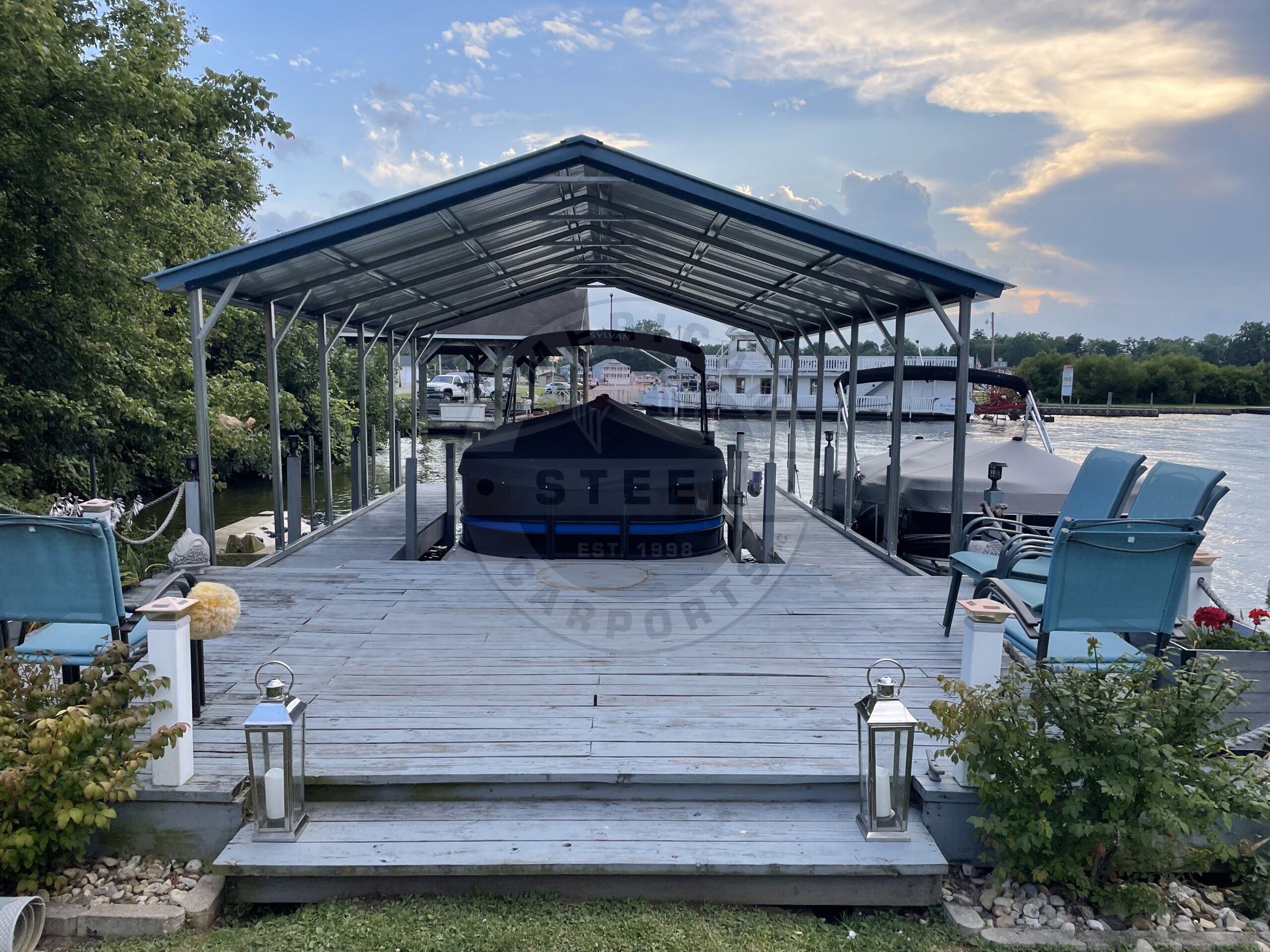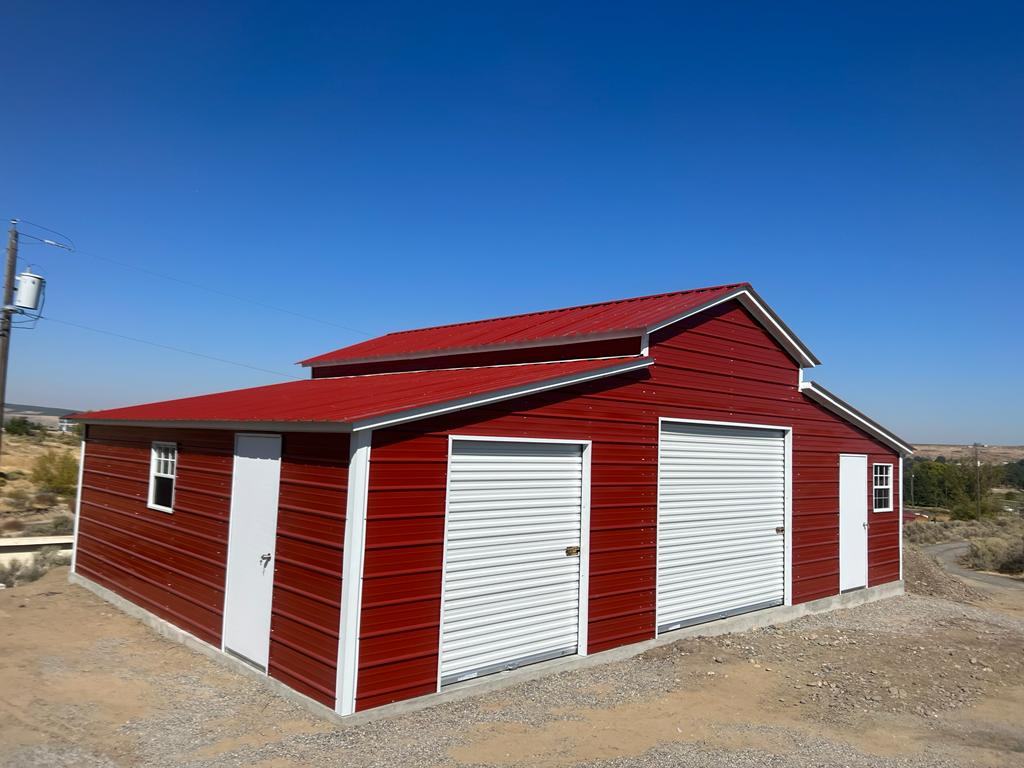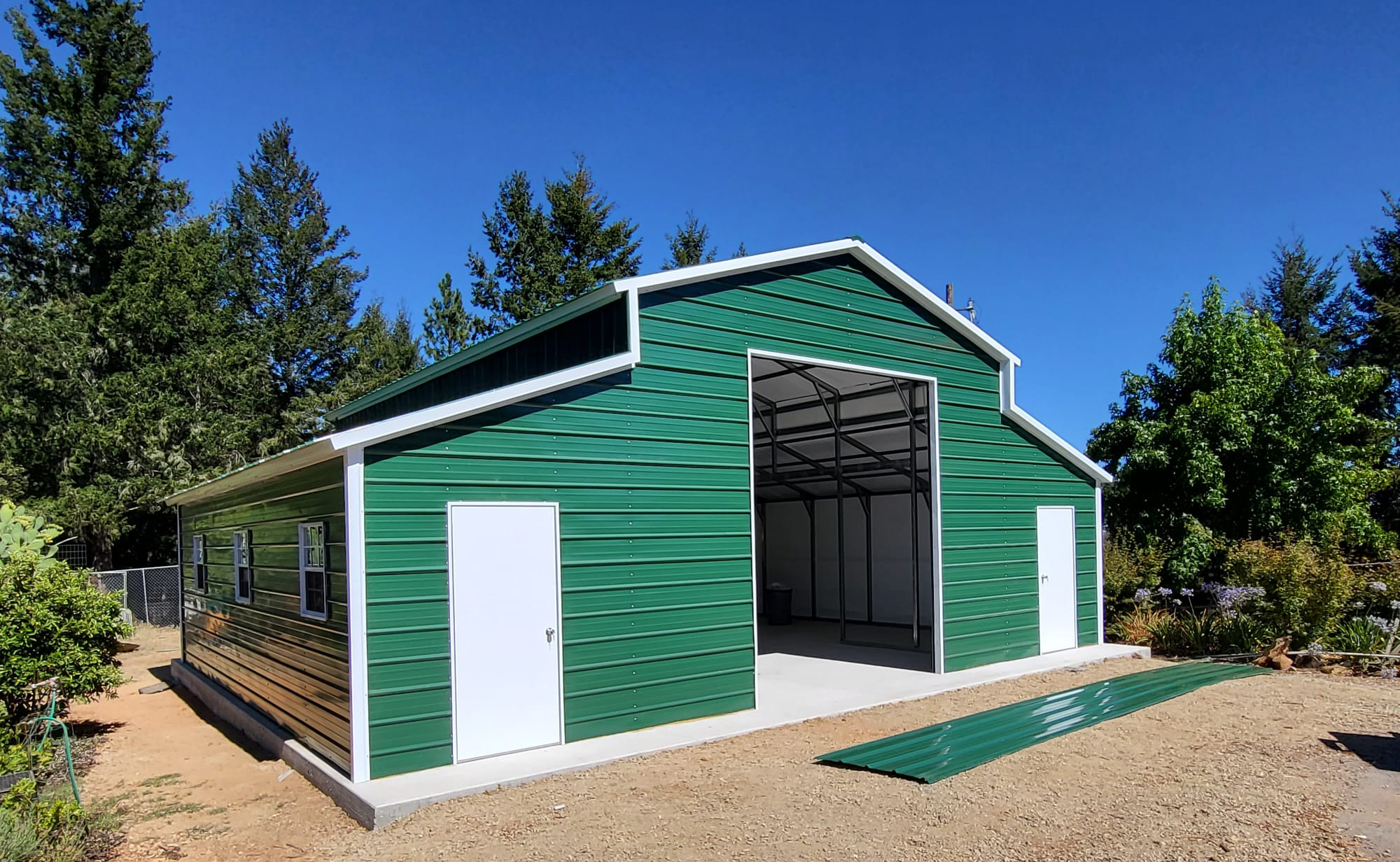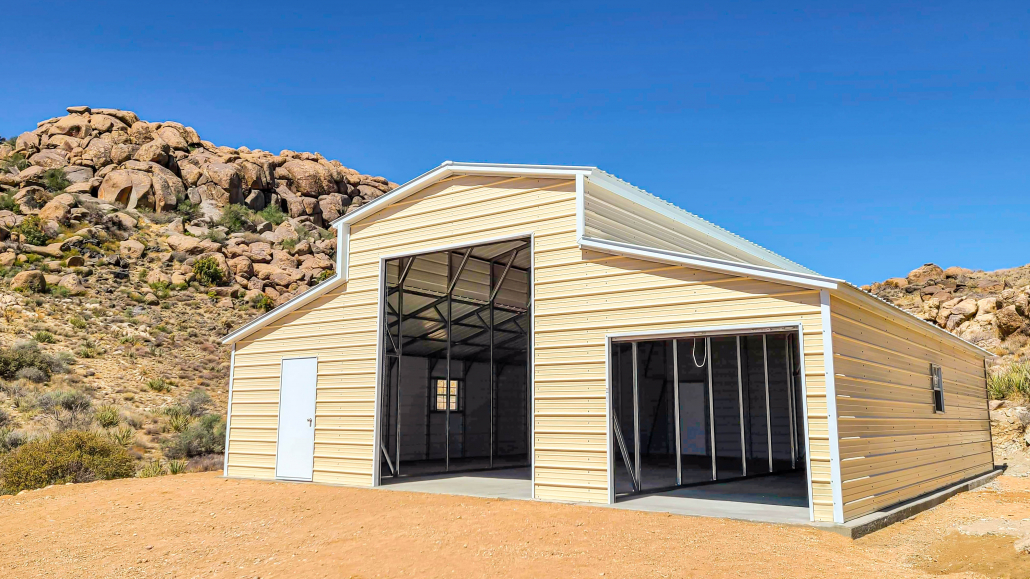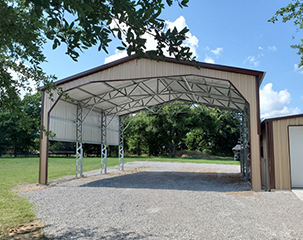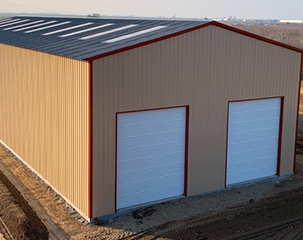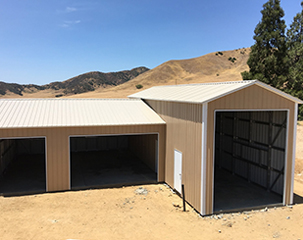How to Build a Custom Batting Cage Building

For a baseball player, there is no such thing as too much batting practice. Players are always trying to find ways to get more swings, as hitting is a difficult art to master, and every repetition can improve a player’s technique and timing.
With that in mind, building a custom batting cage building is the ultimate upgrade for any player or team. Having an indoor space to escape to when the weather isn’t great, or after the sun goes down, makes regular practice more achievable. Consider using a custom metal building from American Steel Carports, Inc. to bring this vision to life. You can start now by using our Build & Price tool to explore the available options, and you’re also welcome to contact us directly for assistance with the project.
Create Enough Indoor Space for a Batting Cage
You’ll need a spacious metal building to accommodate a good batting cage. As a starting point, the pitcher stands 60 feet from the batter in regulation baseball, but you’ll need more room than that. A typical batting cage is going to be 70 feet long and 12 feet wide, so that’s a starting point when thinking about your dimensions.
Of course, that’s just the cage itself. You will need space inside the building around the cage to walk around, store equipment, etc. It’s also important to remember that the building will need to have sufficient height to accommodate a batting cage. The heights of cages for baseball or softball batting practice will vary, but you may want to build a structure that is at least 12 – 14 feet tall.
Determine the Most Effective Layout
Once you have established some general dimensions, your next step is to determine the layout of the cage or cages within the building. If you include only one batting cage, placing it roughly in the middle of the space is a good starting point. You don’t want to put it up too close to the side of the structure, as the ball could slam into the walls before the netting of the cage itself slows it down.
Of course, if you plan to install multiple cages, there are additional layout considerations to consider. You can place the cages next to each other, but remember that you’ll want access to each without having to go through the other. Sometimes, batting cages are oriented so that they can be entered from the back. Spend some time sketching out different layouts until you settle on something that checks all of the right boxes.
Add Any Necessary Utilities
It’s important to have proper lighting inside the space, and even if you have plenty of windows or try to use some battery-powered lights, it’s going to be tough to get the brightness you need for good batting practice sessions.
Therefore, you’ll want to hire a professional to ensure the electricity is wired safely and correctly. You may also want to consider adding water to the building. This isn’t a necessity, but it’s a nice luxury that will make spending time in the space more enjoyable.
Place an Emphasis on Safety
Throughout this process, safety should be your top priority. The ball is going to be moving around quickly in this building when it is thrown or hit, and you don’t want anyone getting hurt along the way. You also want to consider the safety of the building itself so it doesn’t experience premature wear and tear.
Adding padding on parts of the metal structure around the interior of the building is a good starting point. Additionally, you may want to mark the floor in some way to indicate areas where people shouldn’t stand while the cages are in use. Bright yellow lines can be used to mark out dangerous areas that need to be avoided when someone is hitting.
Build a Custom Metal Batting Cage Building
Have you been dreaming of building a batting cage but don’t know where to get started? Working with American Steel Carports, Inc. is the opportunity you’ve been waiting to find. Our buildings are affordable and can be fully customized – meaning you can design precisely the right structure for your vision of this new batting cage space. Put the wheels in motion today!

